

Tow Dolly vs Flat Towing vs Trailer Towing
Towing Two-Wheel Drive, 4-Wheel-Drive, and All-Wheel Drive Vehicles
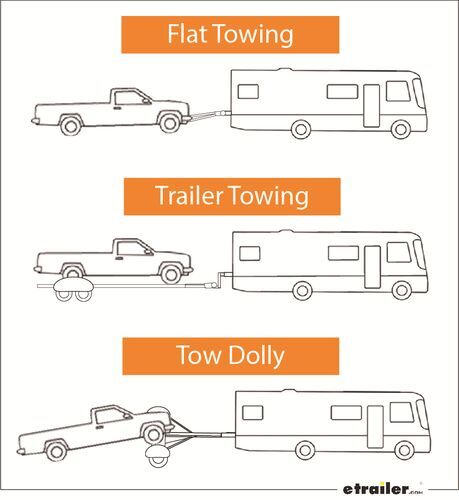
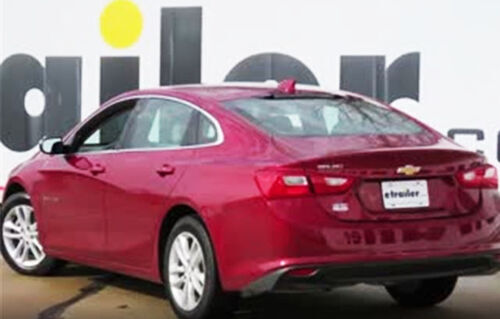
Towing a Front-Wheel-Drive Car

Towing a Rear-Wheel-Drive Car
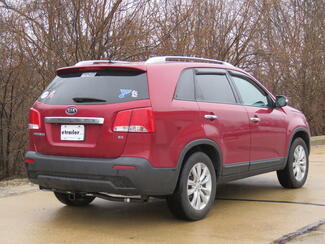
Towing an All-Wheel-Drive Car
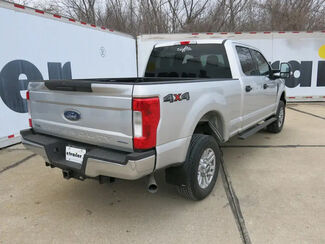
Towing a 4-Wheel-Drive Car
Tow Dollies vs Flat Towing vs Trailer Towing
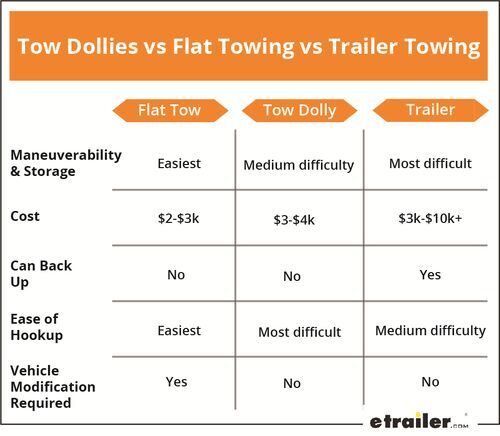
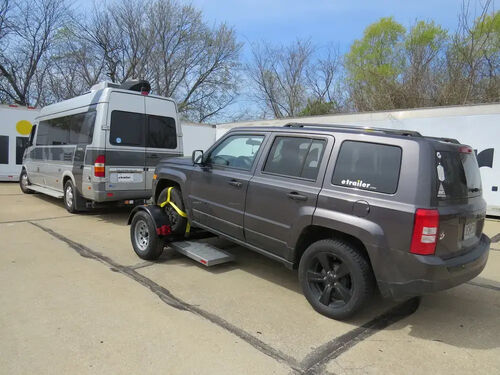
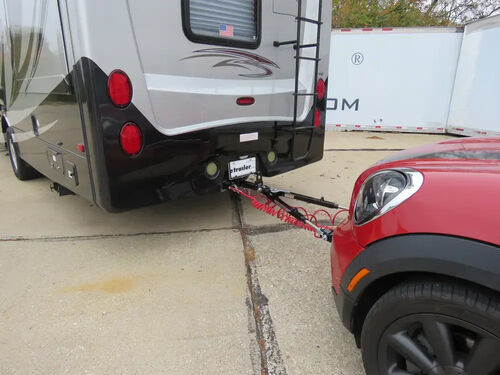
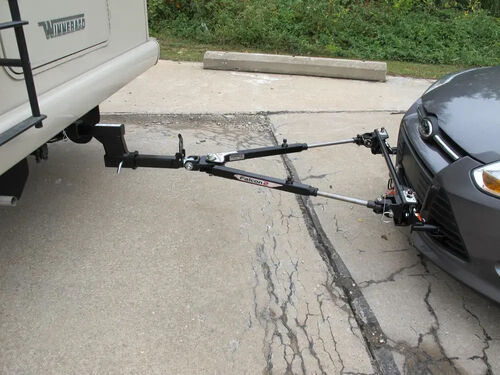
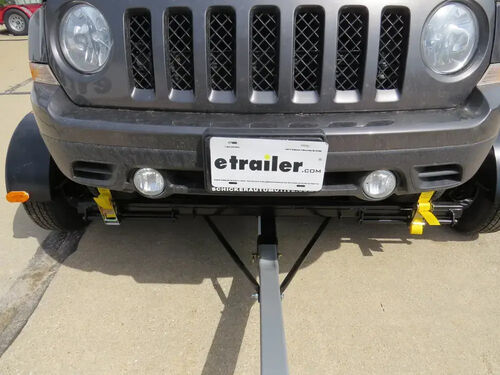
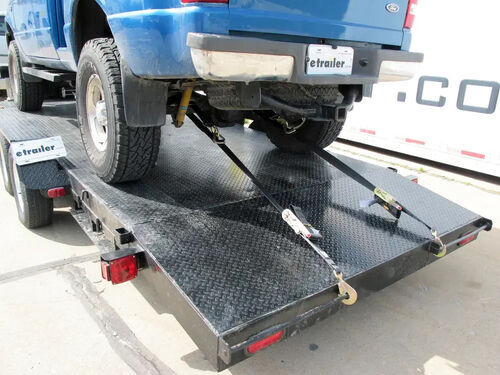
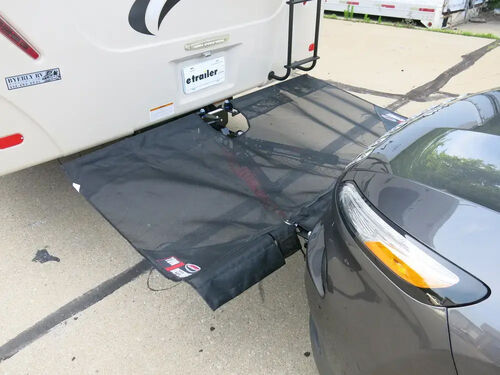

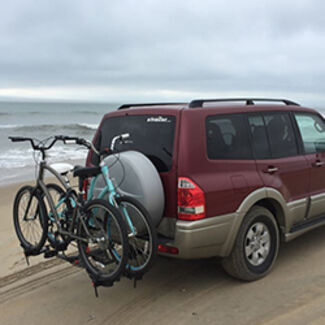
Mark S.
1/25/2022
Not sure if you can or will answer this but I would appreciate any info you could provide. I have had an Eze-Tow Dolly for a few years. Finally getting ready to use it. Since it does not have a turntable plate the manufacturer says to make sure the steering wheel is unlocked. I have a 2015 Acura MDX and the only way to do that is to start the car or put it in accessory mode. Accessory mode will unlock it but without hydraulic steering assist, it is very hard to turn. Question I cannot find an answer to is; Will the accessory mode automatically shutoff after a certain amount of time or would I have to install a battery cutoff switch. If I cut out the battery, will the steering wheel remain unlocked. Very frustrating not being able to find answers. Contacted Acme Tow Dolly, no help.

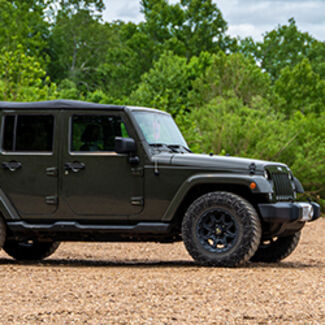
Carol B.
8/1/2021
I was thinking of towing my 1990 Jag vanderplass rear wheel drive using a tow dolly and putting the rear wheels on the dolly and securing the steering wheel with key in off position and using tie down straps to secure the steering wheel in place Could you please advise if this will work ??? Thank you

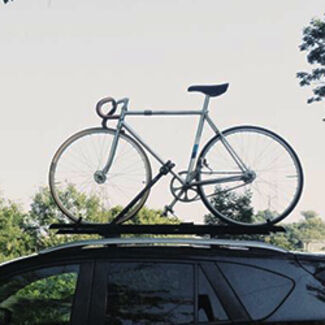
Departments
Towing
- Trailer Hitch
- Fifth Wheel
- Gooseneck
- Towing a Vehicle
- Front Hitch
- RV Hitch
- ATV Hitch
- HD Truck Hitch
- Vehicle Wiring
- Brake Controller
- Ball Mounts
- Weight Distribution
Sports and Recreation
Trailer Parts
- Utility Trailer
- Boat Trailer
- Landscape Trailer
- Enclosed Trailer
- 5th/Camper Trailer
- Car Hauler
- Horse Trailer
Vehicle
Contact & Help

What our customers are saying:
"I like the easy of navigation through the site. It only took me a couple of minutes to place my order. Thank You I will shop this sight again in the future."
Popular Vehicles
- Subaru Forester
- Ford F-350 Super Duty
- Ford F-250 Super Duty
- Chevrolet Silverado 1500
- Jeep Wrangler Unlimited
- Jeep Wrangler
- Ram 3500
- Toyota Highlander
- Ram 2500
- Chevrolet Silverado 2500
- Subaru Outback Wagon
- Chevrolet Silverado
- Dodge Ram Pickup
- GMC Sierra 2500
- Ram 1500
- Ford F-250 and F-350 Super Duty
- Jeep Grand Cherokee
- Toyota Tacoma
- GMC Sierra 3500
- Toyota Tundra
- Ford Escape
- More >>


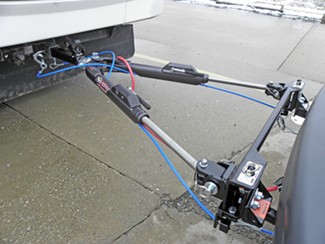
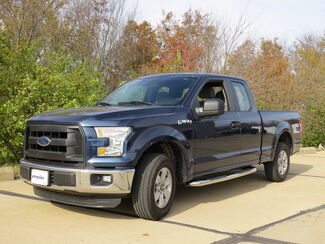
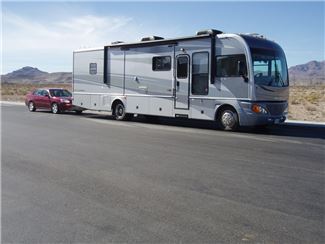
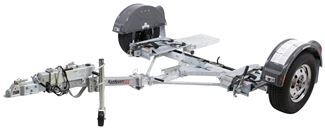
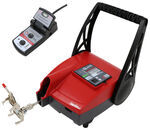



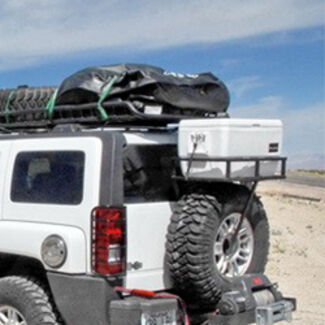

























Gunner
3/14/2022
Of the three options, which one effects the tow vehicle the least. I.E. power required to pull and fuel mileage. For example I have a buddy that says his fuel mileage goes down drastically pulling with a trailer vs flat towing. Obviously your towing more weight but it seems to me the trailer would offer less resistance during towing?